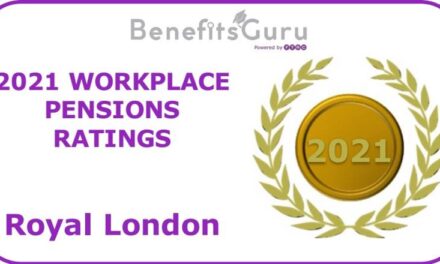Under auto-enrolment legislation, all employers now need to offer their workforce a qualifying workplace pension. However, it is the employee’s choice as to whether they want to participate in the scheme on offer. Our latest insight looks at the processes workplace pension providers have in place to deal with opt-outs and if necessary, refunds.
Introduced by the Pensions Act 2008, auto-enrolment introduced a statutory duty on employers to assess their workers and enrol those who met the criteria into a qualifying workplace pension scheme.
Staging dates began in October 2012, with all employers supposed to comply by February 2018.
The vast majority of employers will now have a workplace pension to offer their employees, but not all employees will make a timely decision as to whether they would like to take membership of the scheme on offer from their employer.
Under auto-enrolment rules, once staff have been enrolled into the pension scheme, they have one calendar month during which they can opt out and get a full refund of any contributions. The opt-out period starts which date is the later of the date active membership was achieves, or the date they received a letter from their employer with the enrolment information
Workers cannot opt out after the opt-out period ends. If they decide to leave the scheme outside this period, they will instead be ceasing active membership. Whether they get a refund of contributions will depend on the pension scheme rules.
When a potential scheme member chooses to take their time in making a decision whether to join an employers scheme offered under auto-enrolment, our data shows that over three quarters (79%) of workplace pension providers will collect a contribution from the member on the first month of joining the workforce, irrespective of whether the member has chosen to opt-in or opt-out at that point. This contribution will then be invested into the default fund.
The employers who do not automatically collect a contribution from potential members in the first month they join the workforce are Aviva My Money, Aviva My Money Master Trust, Hargreaves Lansdown, and True Potential.
Given that some workers may chose to opt out of the pension scheme on offer from their employer, it is comforting to know that all workplace pension providers are able to facilitate a refund should the worker not opt-out before the first contribution has already been deducted.
Other than for Hargreaves Lansdown, this refund will be the same as the contribution amount. Contributions to a Hargreaves Lansdown scheme are subject to an investment charge even should a refund be given.
If the member’s monies have been invested, if the value increases Aegon Master Trust and Aegon Workplace ARC will send the growth to the member as part of their refund. Conversely, Hargreaves Lansdown will reduce the refund the member receives accordingly to the loss if the member’s monies have been invested and the value decreases.
Workers opt out by giving their employer an opt-out notice. The notice must include statutory information including details of the worker opting out and the appropriate statements and warnings.
When it comes to providing the opt-out notice to job holders required under auto-enrolment, our data shows that all providers are able to do this. Most workplace pension providers will send this online via a website and/or portal. Aegon Master Trust and Aegon Workplace ARC are able to send the notice via email. Fidelity, Fidelity Master Trust, Hargreaves Lansdown, Standard Life and Standard Life DC Master Trust send their notices manually, i.e. on paper via the postal service.
All workplace pension providers have systems in place that ensures that employers cannot opt employees out of the scheme without the proper authorisation from the worker in question.
If a member chooses to opt-out, most providers ask the employer to send the opt-out notice online via a website or portal. Aviva My Money, Aviva My Money Master Trust, Hargreaves Lansdown, Mercer Master Trust Aviva, Royal London and True Potential can also receive the notice via email or in the post.
Other than for Hargreaves Lansdown, the opt-out process is fully automated with no manual intervention from the workplace pension provider.
Not all workplace pension providers will allow a third party to run and manager the opt-out process. Fidelity, Fidelity Master Trust, Mercer Master Trust Scottish Widows, Scottish Widows, Scottish Widows GSIPP and Scottish Widows Master Trust will not allow this.
Overall, our data shows that workplace pension providers are able to fulfil their part when it comes to processing opt-outs and refunds. However, it is worth noting that any refunds from a Hargreaves Lansdown scheme will be subject to an investment charge. Should an employer/adviser wish to use a Hargreaves Lansdown scheme they will need to make this clear to employees when they receive their welcome/opt-in information.







